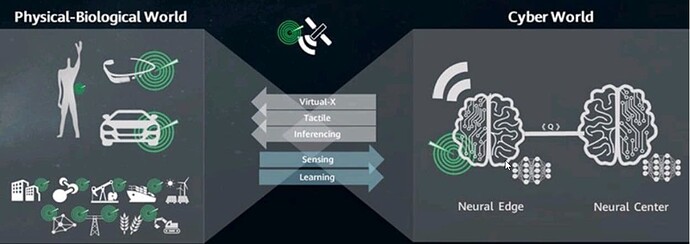-
Integrated Sensing and Communication (ISAC) is a concept in IMT-2030 for new 6G mobile communication systems capability that combines wireless signal sensing and communication in a single system.
-
ISAC enables the use of higher frequency bands, wider bandwidth, and massive antenna arrays for high-accuracy and high-resolution sensing.
-
The capabilities of ISAC include high-accuracy localization and tracking, simultaneous imaging, mapping, and localization, augmented human sensing, and gesture and activity recognition.
-
ISAC can be used in various industries and applications, such as biomedical and security imaging, pollution and natural disaster monitoring, and flaw and material detection.
-
ISAC utilizes the mobile communication network to support synchronized, collaborative multi-node sensing, which improves localization performance.
-
Sensing-assisted communication is another benefit of ISAC, where the information obtained through sensing can be used to improve communication performance, such as more accurate beamforming and faster beam failure recovery.
-
Hardware challenges in ISAC include limited transmitter-receiver isolation, proper design of integrated RF architecture, and compensation for non-ideal distortion.
-
Sensing-assisted communication provides a more deterministic and predictable propagation channel, improving channel estimation accuracy and reducing overhead.
-
ISAC can be used for environment characterization, passive object detection and tracking, imaging and environment reconstruction, and 3D indoor imaging and mapping.
-
ISAC opens up possibilities for future applications and services, enabling the integration of wireless signal sensing and communication for mutual benefit.
LinkedIn: ![]()
